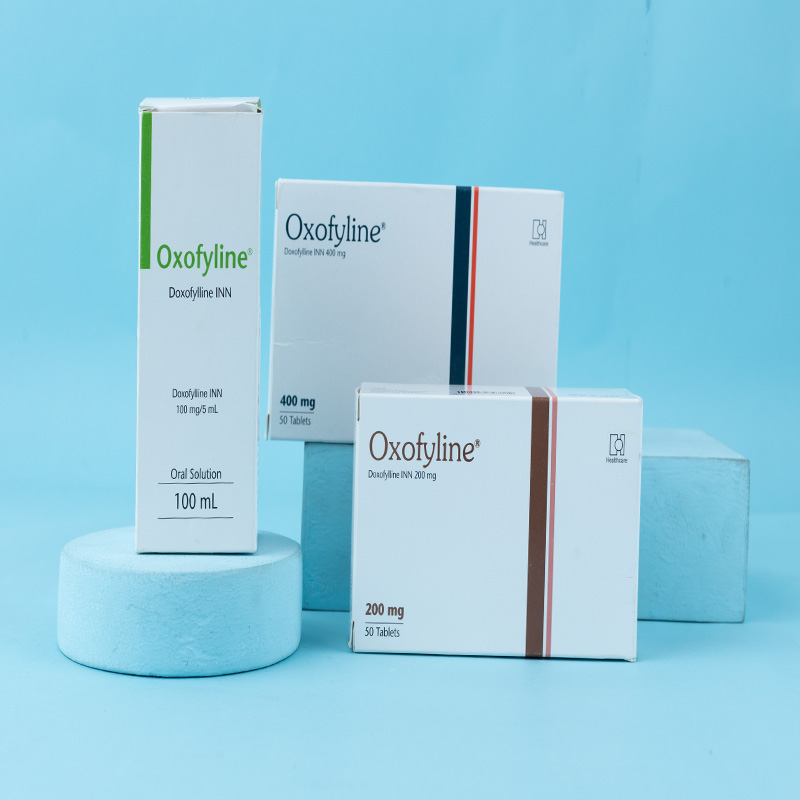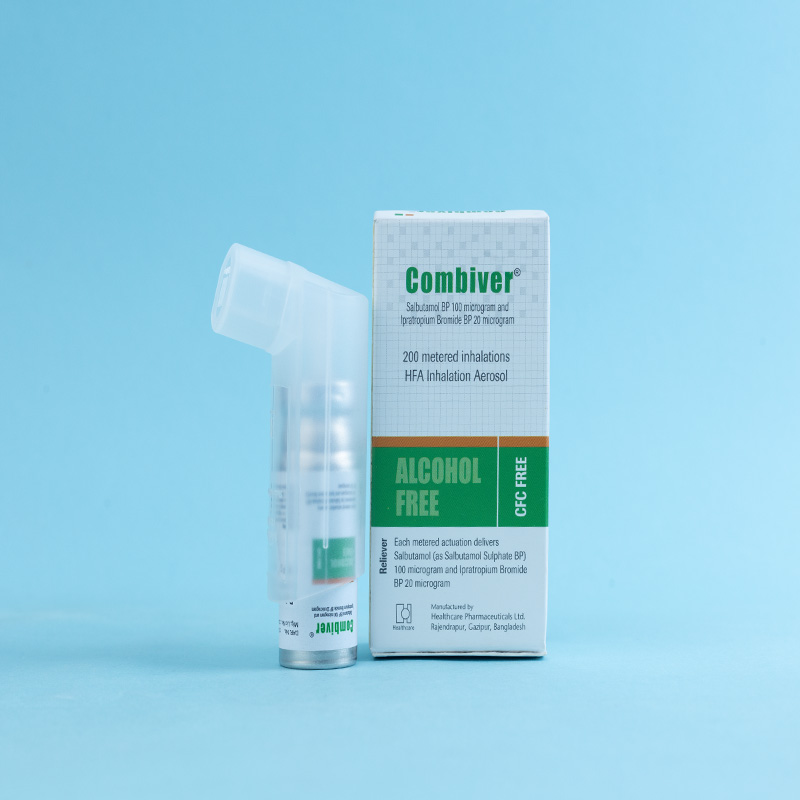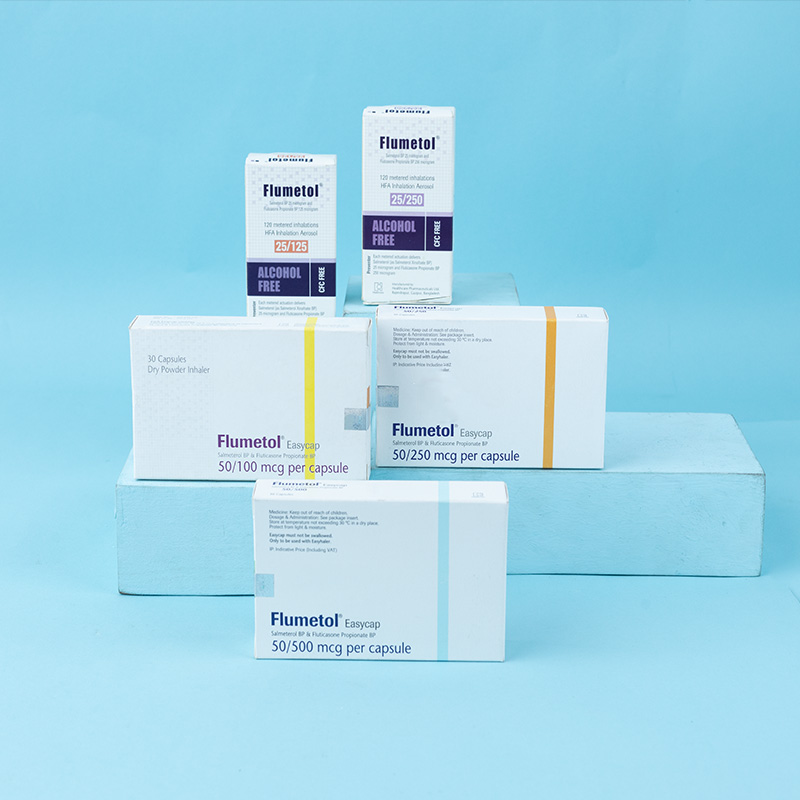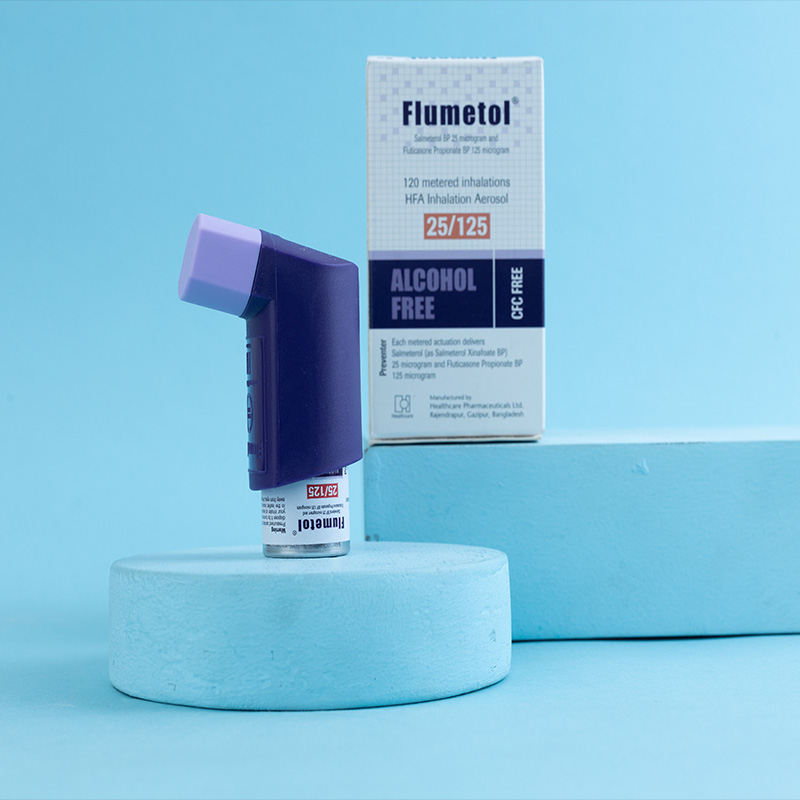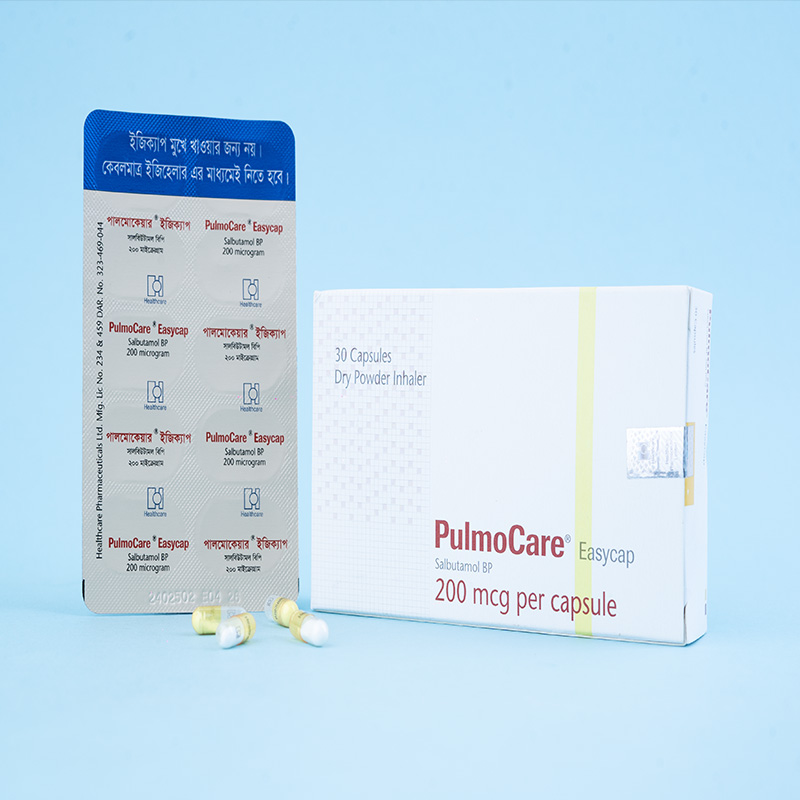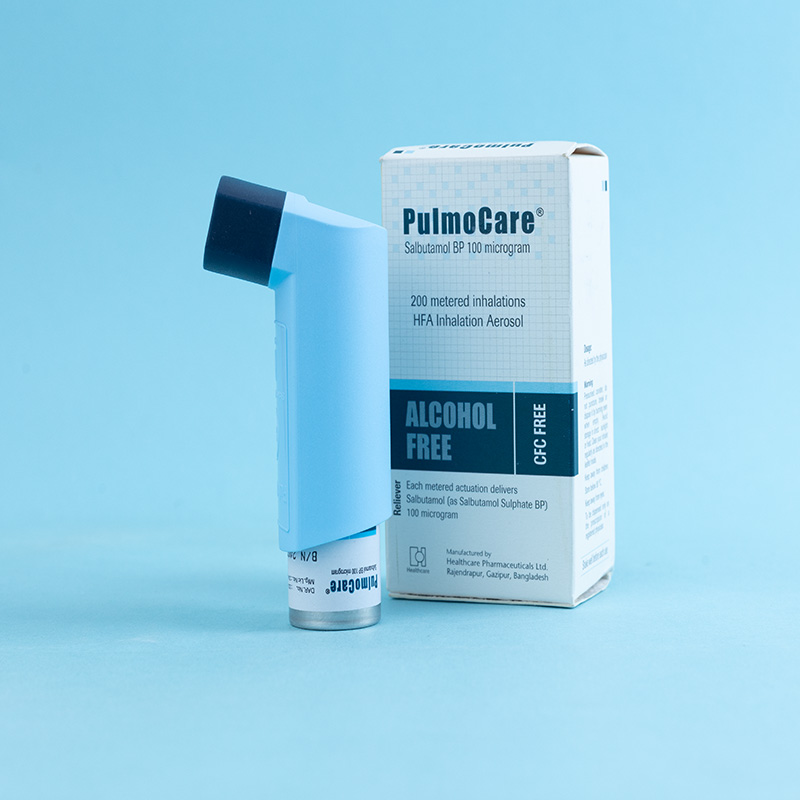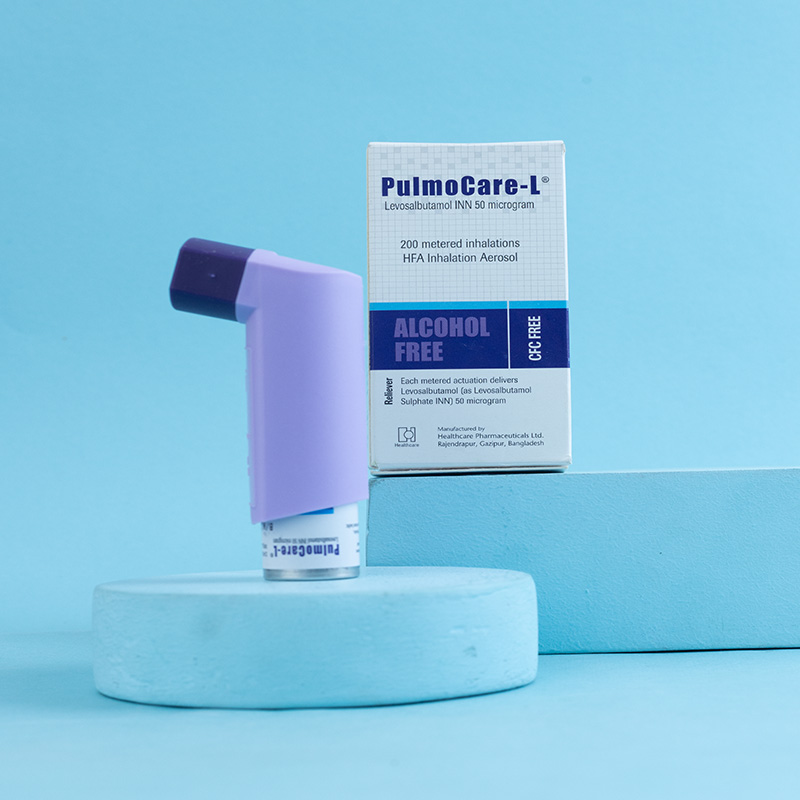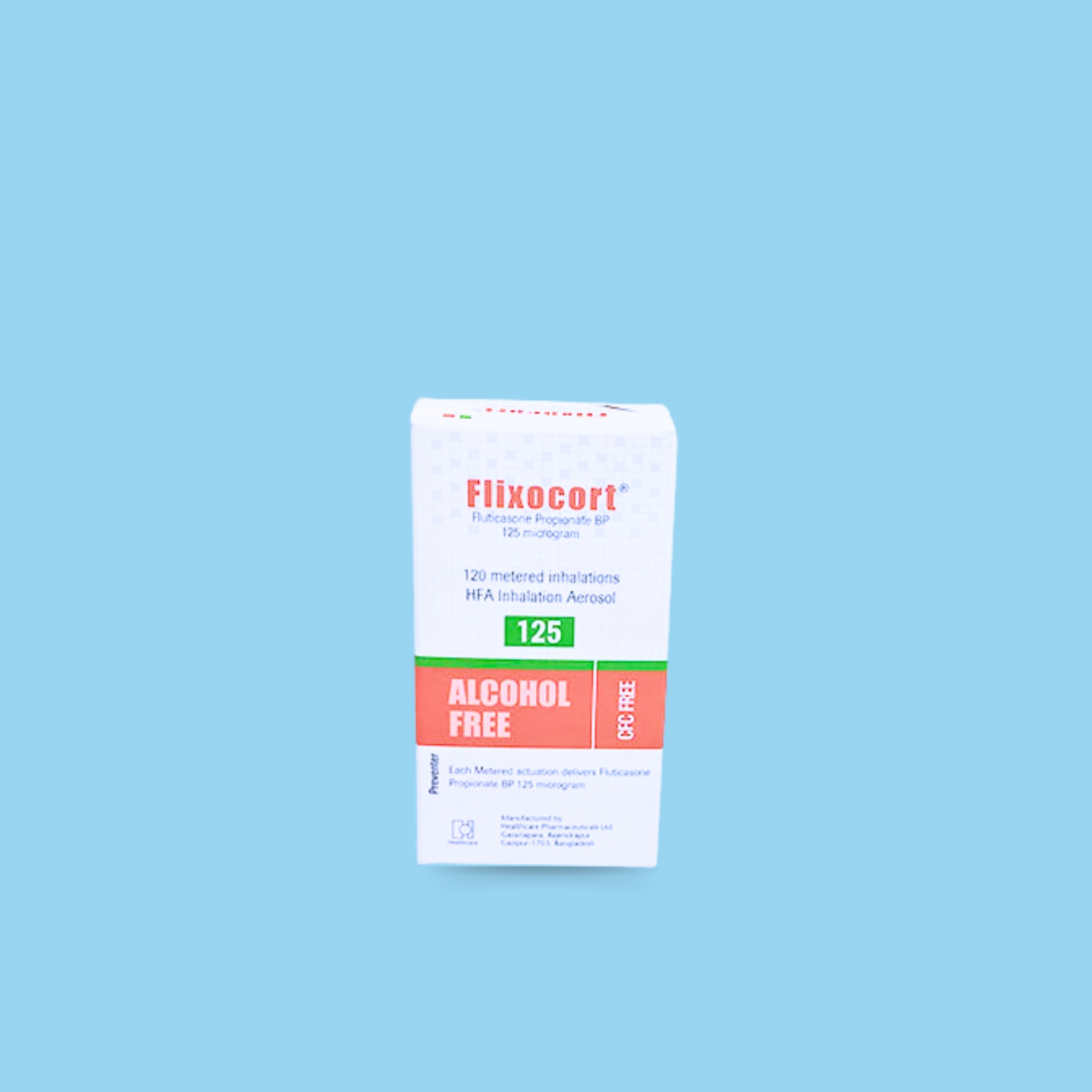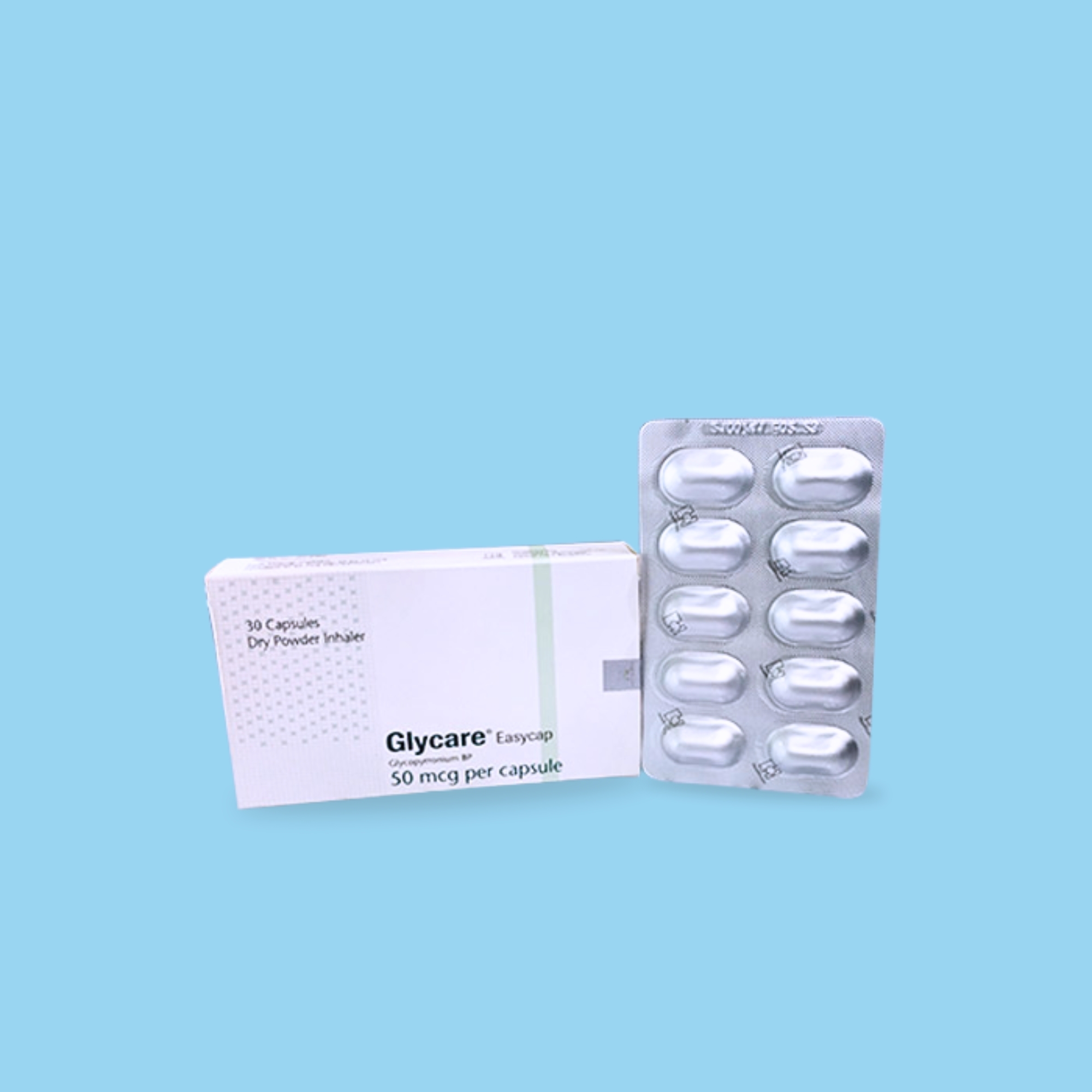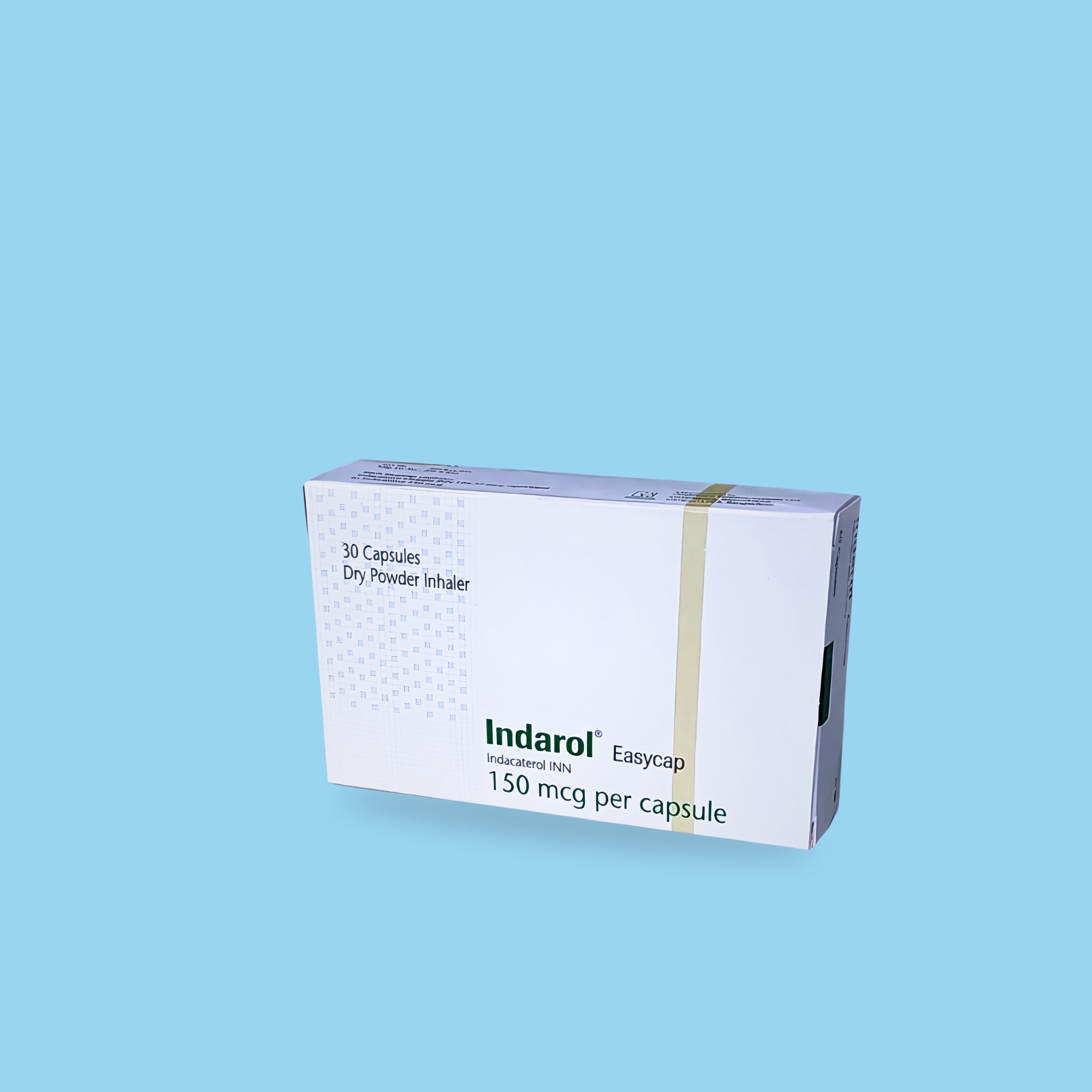Oxofyline® (Doxofylline) is a new-generation xanthine derivative that has a Dioxolane group at the N-7 position of its chemical structure, which is absent in Theophylline. Doxofylline selectively inhibits the phosphodiesterase-4 enzyme, thereby relaxing bronchial smooth muscle. Moreover, Doxofylline appears to have less affinity for adenosine A1 and A2 receptors, contributing to a better safety profile. Doxofylline has also been reported to inhibit platelet-activating factor (PAF) and the generation of leukotrienes.

Doxofylline is indicated for the maintenance therapy of patients suffering from Asthma and Chronic Obstructive Pulmonary Disease (COPD).

Adults: 400 mg (1 tablet) daily in the evening. Based on clinical response, the dose may be increased to 1 tablet twice daily. The dosage may be further increased to t.i.d. (400 mg three times daily) as per the prescribing physician’s recommendation. In elderly patients with concomitant cardiovascular, hepatic, or renal diseases, the recommended dose should be 200 mg twice daily.
Children (above 6 years of age): The recommended dose of Doxofylline is 6 mg/kg body weight twice daily. The dose may be increased up to 18 mg/kg body weight daily based on clinical response.

Doxofylline rarely causes serious side effects; however, possible side effects are similar to those caused by excessive caffeine intake. These include nausea, vomiting, headache, upset stomach, and heartburn.

Doxofylline is contraindicated in patients with acute myocardial infarction and hypotension. It is also contraindicated in patients who have shown hypersensitivity to its components.

The half-life of xanthine derivatives is influenced by various factors. It may be prolonged in patients with liver disease, congestive heart failure, or those taking medications such as erythromycin, troleandomycin, lincomycin, allopurinol, cimetidine, propranolol, or the anti-flu vaccine. In such cases, a lower dose of Doxofylline may be required. Conversely, phenytoin, other anticonvulsants, and smoking may increase drug clearance, leading to a shorter half-life. In these cases, a higher dose of Doxofylline may be necessary.

Pregnancy: Animal studies indicate that Doxofylline does not cause fetal harm when administered to pregnant animals or affect reproductive capacity. However, since there is limited experience in human pregnancy, xanthines should be prescribed to pregnant women only if clearly needed.
Lactation: Doxofylline is contraindicated in nursing mothers.

Doxofylline should not be administered alongside other xanthine derivatives. Toxic synergism with ephedrine has been documented for xanthines. As with other xanthines, concomitant use of troleandomycin, lincomycin, clindamycin, allopurinol, cimetidine, ranitidine, propranolol, and the anti-flu vaccine may reduce hepatic clearance of xanthines, leading to increased blood levels. However, no evidence has been reported of a direct relationship between Doxofylline serum concentrations and toxic events.

Store at a temperature not exceeding 30°C in a dry place. Protect from light.
Medicine: Keep out of reach of children.


